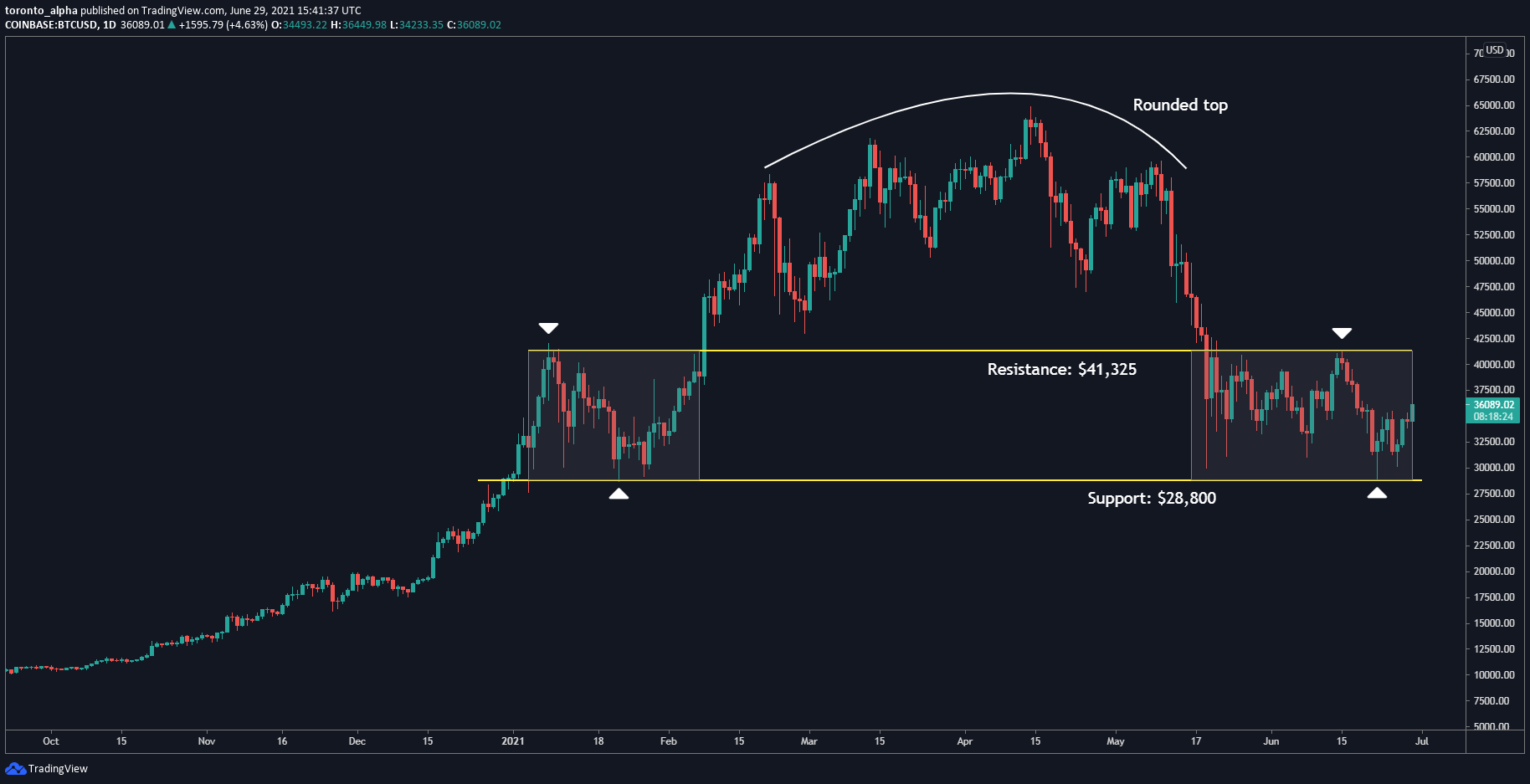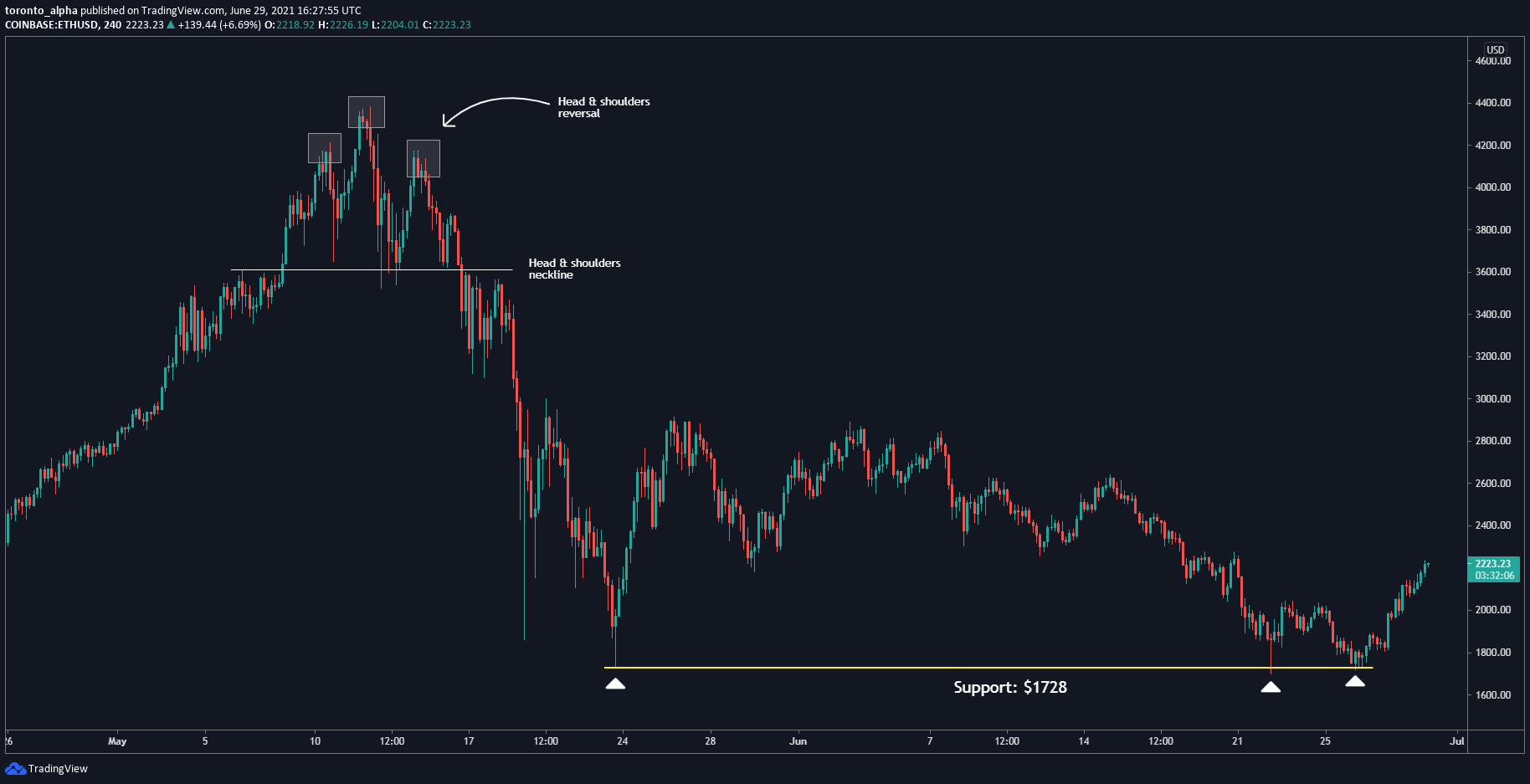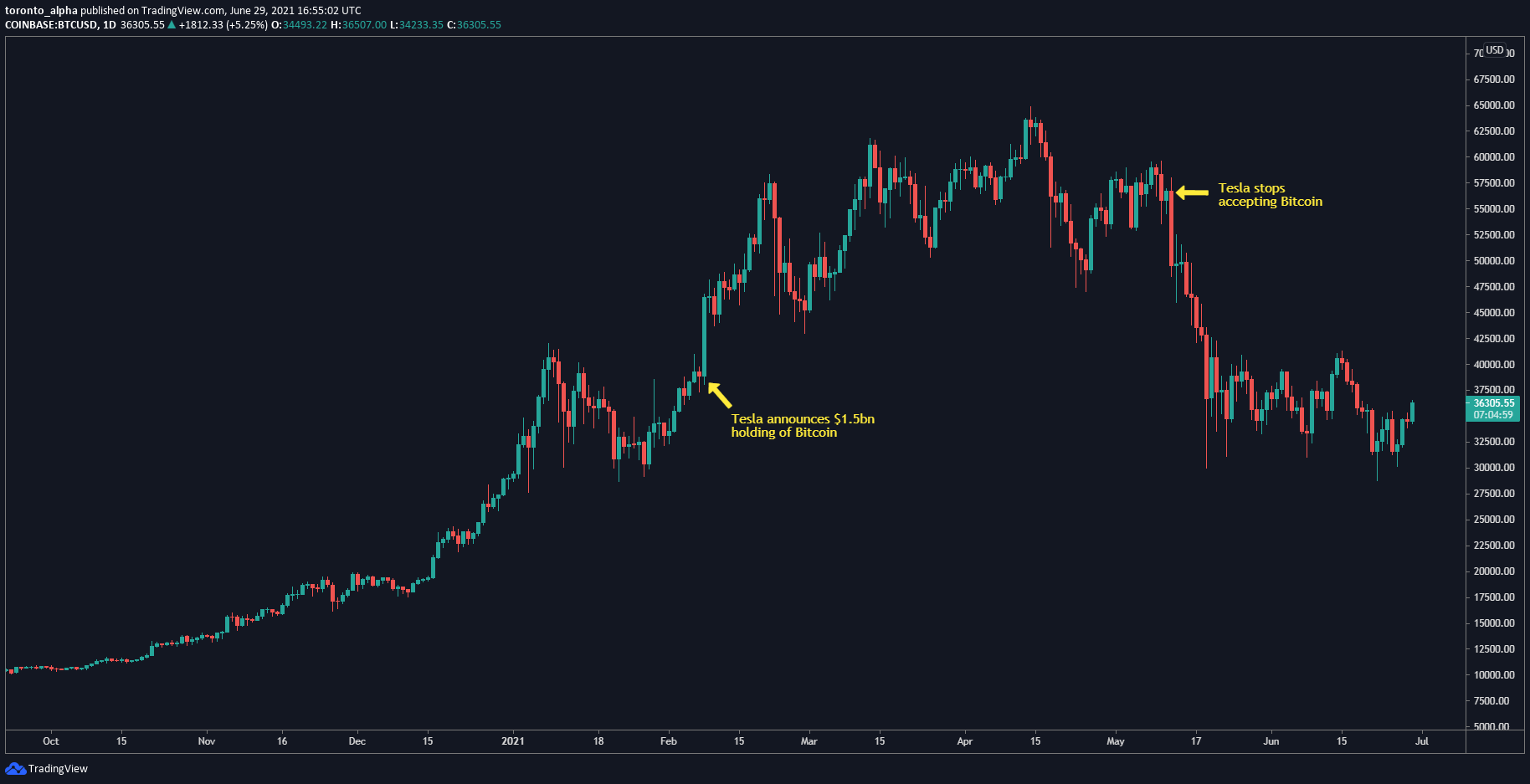As an avid technical analyst, I generally base my trades on technical analyses when trading Forex currencies and pairs. Cryptocurrencies are no exception. But as you can imagine, cryptocurrencies are a bit more complex (and sometimes simple) than fiat Forex currencies.
There are 5 things you need to know before trading cryptocurrencies:
1. Crypto trading is not as standardized as Forex trading. In fact, the execution methods vary wildly. The different broker and execution options have pros and cons, such as leverage, regulation and the ability to take short positions.
The 3 main ways to trade crypto are:
Buying and selling the underlying asset through a crypto exchange. The pro of this method is that you actually own the asset, as opposed to other Forex currencies. It’s a lot like owning shares or stocks, where it actually belongs to you. However, this also means that you can’t short the cryptocurrency, you can only go long, and there is little leverage available. So when Bitcoin explodes to the $50,000 level, you have to put down the entire value in order to own one Bitcoin.
Trading futures contracts, like through a futures broker with access to the Chicago Mercantile Exchange (CME). With this method, you can trade long or short, and trade both sides of a cryptocurrency trend. Trading through a centralized exchange also means safer trading, given the regulatory environment, and standardized pricing. The disadvantage to trading through a centralized exchange like the CME is that you have to trade through futures brokers, who will require minimum deposits, usually somewhere around $10,000.
Trading through a Forex or CFD broker. This option is often the most advantageous: you can go long or short, you usually don’t have high account minimums, you have access to leverage and you can choose a broker regulated in your region. There isn’t much in the way of disadvantages when trading crypto through a broker.
The U.S. Securities and Exchange Commission published an article about the regulations surrounding cryptocurrencies and the areas of concern that they see. You can check out the article here.
2. If you want to trade any asset class using technical analysis, the instruments you’re trading must be liquid. Given that crypto is de-centralized, it relies heavily on crowd psychology, so you need to pay close attention to liquidity. A cryptocurrency will need a decent-sized crowd behind its movements for them to hold. You can measure liquidity by market capitalization and volume traded. Here’s an idea of what that looks like:
.png) Also, liquid instruments have few gaps in the chart. Today, Bitcoin and Ethereum are considered the two most liquid cryptocurrencies and are suitable for technical analysis.
Also, liquid instruments have few gaps in the chart. Today, Bitcoin and Ethereum are considered the two most liquid cryptocurrencies and are suitable for technical analysis.
3. Know the cost of trading, especially if you are a short-term or day trader. Spreads and commissions are the major components of trading costs. To measure their true cost, take those costs as a percentage of their average daily range. You can compare this percentage to other instruments you may trade, for example, the EUR/USD:
.png) 4. Know the key trends and levels in cryptos. You always want to walk into a trade knowing which way the trend is going and the key support and resistance levels. Bitcoin and Ethereum have shown strong, tradeable technical levels with reversal patterns, support and resistance.
4. Know the key trends and levels in cryptos. You always want to walk into a trade knowing which way the trend is going and the key support and resistance levels. Bitcoin and Ethereum have shown strong, tradeable technical levels with reversal patterns, support and resistance.
Let’s look at Bitcoin’s daily chart as an example, since October 2020:

You can see where the trend went sideways and then reversed, forming a rounded top pattern, where the trend went from up to down. This is a textbook reversal pattern. I’ve marked the key support and resistance levels, with $41,325 being support and $28,800 as resistance.
Here’s another example, using Ethereum’s 4-hour chart:

When it was trending up, I noticed a head-and-shoulders reversal pattern, which I marked on the chart. Once I saw the price break through the neckline, I realized that I was looking at a trend reversal. I’ve marked $1,728 as a key support level for Ethereum.
5. There are no economic calendars or fundamental analyses for cryptocurrencies. Unlike with Forex, where you can plot out where you think the market will be heading based on CPI numbers or the like, the crypto market is much harder to predict. However, there are definitely still market drivers for cryptocurrencies. Just look at the daily chart for BTC/USD:

You can see how the market jumped when Tesla announced it would start accepting Bitcoin. When Tesla announced it was having second thoughts and would not be accepting Bitcoin after all, the market shot downward.
The main thing to keep in mind is that market drivers in the crypto market are unscheduled, non-traditional, and volatile.
If you want to learn more, sign up for a free four-part crypto course at FXacademy.com here.
As always, mind your risk when trading.
